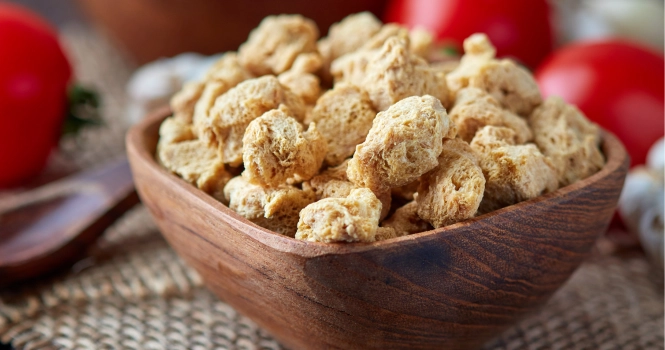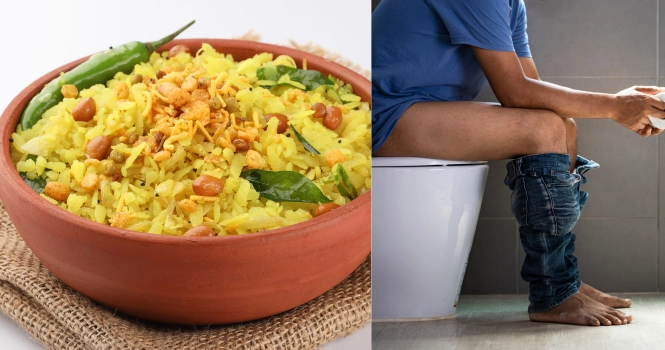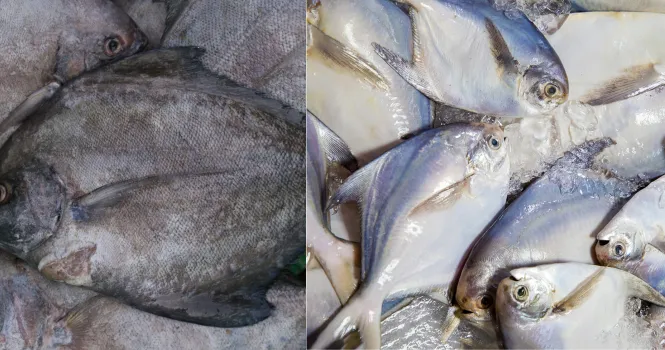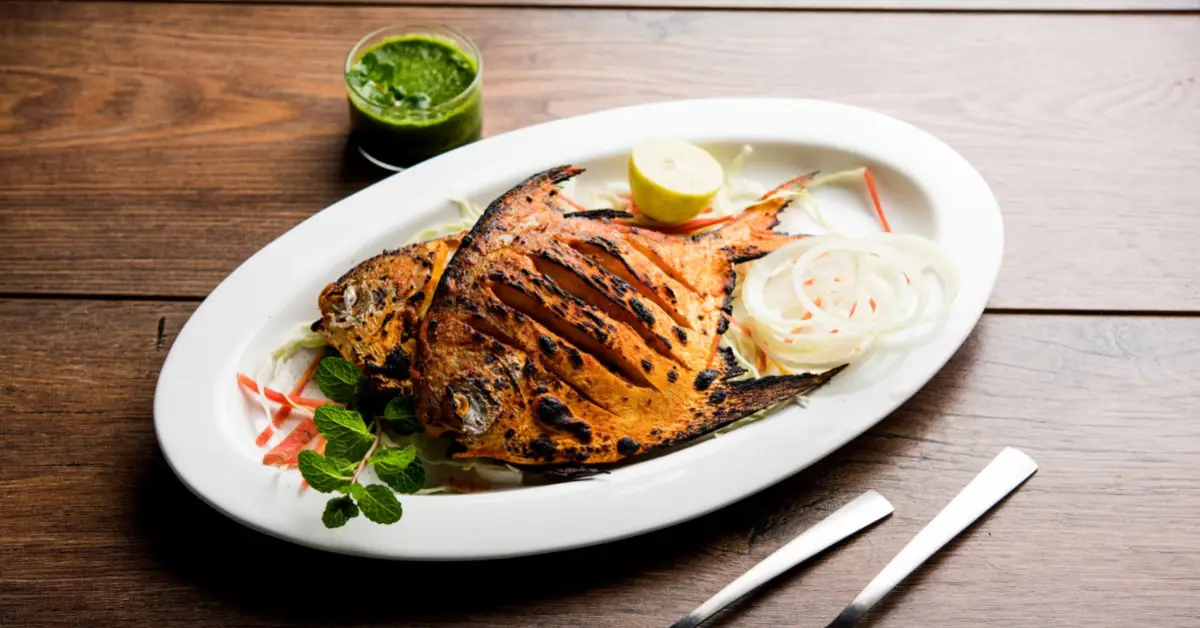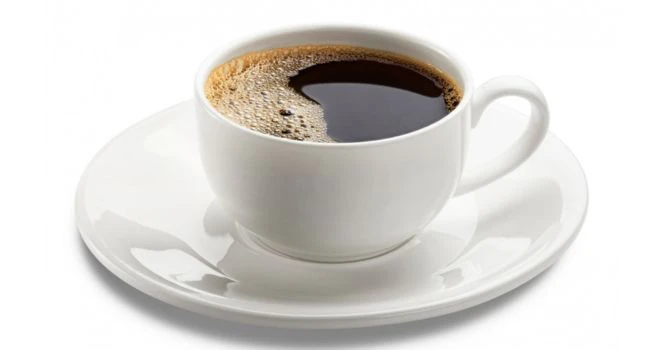Exploring the Unique World of Liquor Tea: Varieties and Benefits
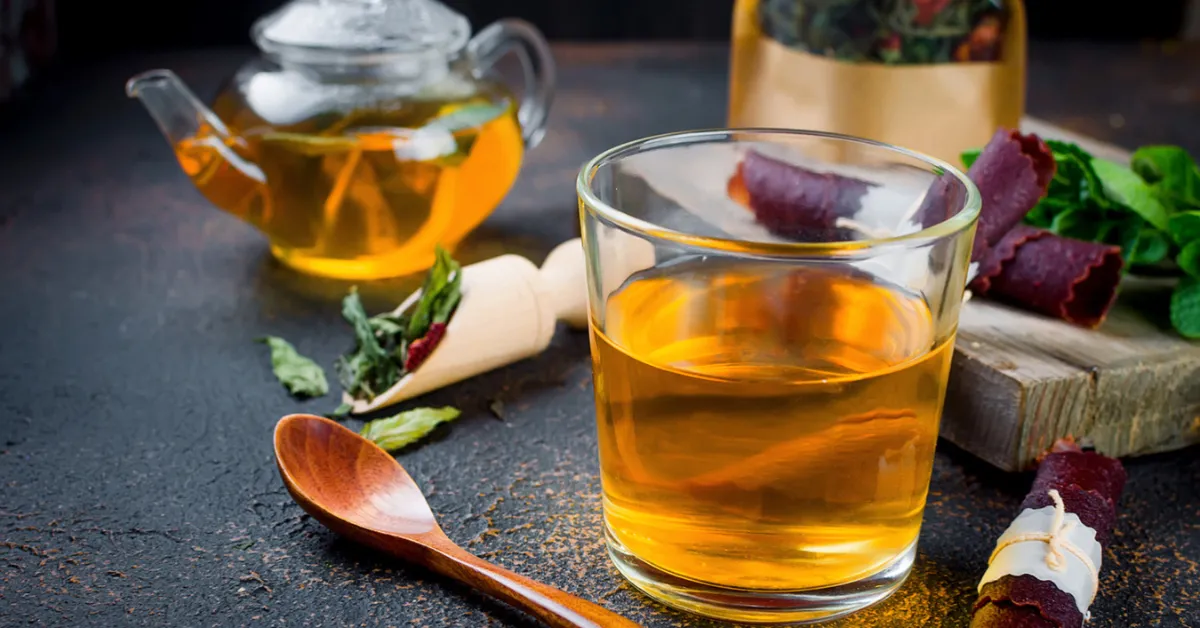
Liquor tea, a term that often sparks curiosity, refers not to an alcoholic beverage but to the pure, undiluted infusion or brew obtained from steeping tea leaves.
This term is widely used in the tea industry to describe the color, quality, aroma, and flavor of the tea once it has been brewed, without any additions like milk, sugar, or lemon.
Understanding liquor tea involves delving into the nuances of tea types, brewing techniques, and the sensory experience that defines the quality of tea.
The Essence of Liquor Tea
The “liquor” in tea is the liquid essence that embodies the tea’s character, revealing the depth of its flavors, aromas, and colors.
This essence is influenced by several factors, including the type of tea, the terroir (the natural environment in which the tea is grown, including factors like soil, topography, and climate), and the processing methods employed after harvesting.
Types and Characteristics
Tea can be categorized into several types, such as black, green, white, oolong, and pu-erh, each with a distinct processing method and resulting flavor profile:
- Black Tea: Known for its robust flavor and darker liquor, black tea undergoes a full oxidation process, which contributes to its bold and often malty or fruity notes.
- Green Tea: Characterized by its greenish-yellow liquor and more delicate flavors, green tea is not oxidized, preserving the natural, grassy, or vegetal notes of the tea leaves.
- Oolong Tea: Oolong tea offers a diverse range of flavors and colors in its liquor, from light green to amber, due to partial oxidation. Its flavor can vary from floral and light to rich and woody.
- White Tea: With minimal processing, white tea produces a pale yellow liquor and is prized for its subtle, delicate, and slightly sweet flavors.
- Pu-erh Tea: This fermented tea can vary in color from amber to deep red and has a unique earthy flavor that develops over time.
Brewing the Perfect Cup
The quality of liquor tea is significantly influenced by the brewing process. Key factors include the water temperature, the amount of tea leaves used, and the steeping time:
- Water Temperature: Different teas require different water temperatures to release their optimal flavors without becoming bitter or overly astringent.
For example, green teas often fare best with cooler water (around 160-180°F or 70-80°C), while black and pu-erh teas can handle near-boiling temperatures.
- Tea Quantity: The amount of tea used can greatly affect the intensity of the liquor. A general guideline is about one teaspoon of tea leaves per cup (8 oz or 240 ml) of water, but this can vary based on personal preference and the type of tea.
- Steeping Time: The duration of steeping also plays a crucial role. Green teas might require only 1-3 minutes, whereas black teas can be steeped for 3-5 minutes.
Over-steeping can lead to bitterness, especially in more delicate teas.
Sensory Experience
Evaluating the quality of liquor tea involves a sensory journey, assessing aspects such as:
- Clarity: High-quality tea liquor should be clear and bright, not cloudy.
- Color: The color should be vibrant and indicative of the tea type, ranging from pale yellows and greens to deep ambers and reds.
- Aroma: The aroma can reveal a lot about the tea, from floral, citrus, or grassy notes to malty, earthy, or woody scents.
- Flavor: The flavor should be clean, with a pleasing balance of the tea’s characteristic notes, without any unwelcome bitterness or astringency.



